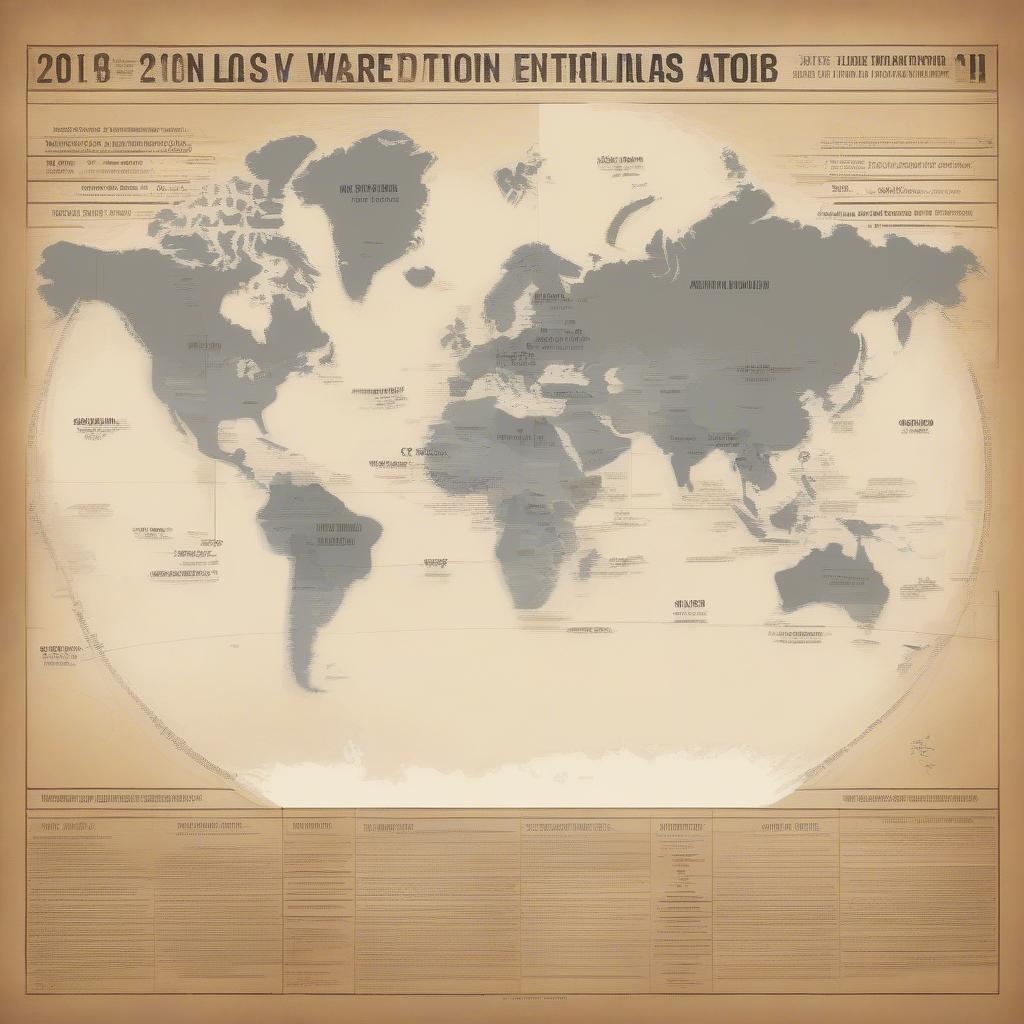
The question of “Who Abolished Slavery” is complex and multifaceted, with no single answer. The abolition of slavery was a long and arduous process, spanning centuries and involving countless individuals, organizations, and movements across the globe. It wasn’t a single event but a series of legal and social battles fought on many fronts. Understanding this history requires examining not just the famous figures but also the everyday people who resisted oppression and fought for their freedom.
Table Content:
The Long Road to Abolition
The fight against slavery began long before the formal abolition movements of the 18th and 19th centuries. Throughout history, enslaved people resisted their bondage through various means, from individual acts of defiance to large-scale rebellions. These acts of resistance, though often met with brutal repression, played a crucial role in weakening the institution of slavery and laying the groundwork for its eventual demise. For example, the Haitian Revolution, a successful slave revolt at the end of the 18th century, significantly impacted the abolitionist movement worldwide.
Key Figures in the Abolitionist Movement
While it’s impossible to credit a single individual with abolishing slavery, certain figures played crucial roles in advancing the cause. In Britain, William Wilberforce, a prominent member of Parliament, tirelessly campaigned for the abolition of the slave trade and ultimately slavery itself. Across the Atlantic, figures like Frederick Douglass, a former slave who became a powerful orator and abolitionist, eloquently articulated the horrors of slavery and inspired many to join the fight. Sojourner Truth, another former slave, advocated for both abolition and women’s rights.
The Role of Legislation and Social Movements
Legislative action played a vital role in the formal abolition of slavery. In Britain, the Slave Trade Act of 1807 abolished the transatlantic slave trade, while the Slavery Abolition Act of 1833 finally outlawed slavery throughout the British Empire. In the United States, the Civil War, fought in part over the issue of slavery, culminated in the Emancipation Proclamation of 1863 and the 13th Amendment to the Constitution in 1865, which formally abolished slavery. Similar legislative efforts were undertaken in other countries throughout the 19th and 20th centuries. These legislative victories were often the result of sustained pressure from grassroots abolitionist movements, which mobilized public opinion and advocated for political change.
Abolition Across Cultures and Continents
The abolition of slavery was not solely a Western phenomenon. Various cultures and societies around the world developed their own forms of resistance to slavery and contributed to its eventual decline. For example, in Africa, various communities and kingdoms actively resisted the slave trade, and in some cases, even provided refuge for escaped slaves.
The Legacy of Slavery and the Ongoing Fight for Equality
While slavery has been formally abolished in most parts of the world, its legacy continues to shape societies today. The fight for racial equality and social justice remains an ongoing struggle, as the systemic inequalities rooted in the history of slavery persist. Understanding the complex history of abolition is crucial for addressing these ongoing challenges and building a more just and equitable world.
The Importance of Education and Remembrance
Remembering and learning from the past is essential. Educating ourselves about the history of slavery, the struggles of those who fought against it, and the ongoing fight for equality is crucial for preventing similar injustices from happening again. It’s a testament to the human spirit’s resilience and the enduring power of hope.
 Map of Slave Trade Abolition Dates Worldwide
Map of Slave Trade Abolition Dates Worldwide
Frequently Asked Questions
- When was slavery abolished in the United States? Slavery was formally abolished in the United States with the ratification of the 13th Amendment in 1865.
- Who was William Wilberforce? William Wilberforce was a British politician and philanthropist who played a key role in the abolition of the slave trade and slavery in the British Empire.
- What was the Emancipation Proclamation? The Emancipation Proclamation was a presidential proclamation and executive order issued by President Abraham Lincoln in 1863, declaring the freedom of slaves in Confederate-held territory during the American Civil War.
- What were some of the methods used by abolitionists? Abolitionists employed various methods, including writing and distributing pamphlets, organizing public lectures and protests, and lobbying political leaders.
- What is the significance of the Haitian Revolution? The Haitian Revolution, a successful slave revolt in the late 18th and early 19th centuries, significantly impacted the abolitionist movement by demonstrating the possibility of slave resistance and inspiring hope for freedom among enslaved people worldwide.
- Why is it important to learn about the history of slavery? Learning about the history of slavery is crucial for understanding the roots of present-day racial inequalities and for working towards a more just and equitable future.
- What are some resources for learning more about abolition? There are numerous books, documentaries, and online resources available that provide in-depth information about the history of slavery and the abolitionist movement.
In conclusion, the question of “who abolished slavery” is not about a single person but a collective effort. From the enslaved people who resisted their bondage to the activists and legislators who fought for their freedom, the abolition of slavery was a long and complex process. Remembering this history and continuing to fight for equality are essential for building a better future. The fight for true freedom and equality continues, echoing the struggles of those who came before us. It is a reminder that the principles of liberty and justice must be constantly reaffirmed and protected. You can learn more about pivotal moments in American history by reading about who won the civil war and also who are the four presidents on mount rushmore.